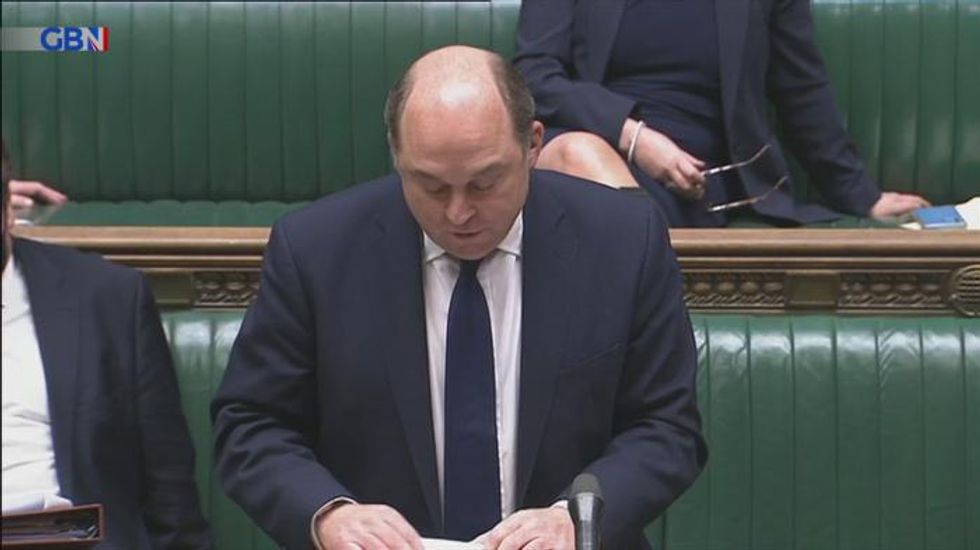Don't Miss
Most Read
Trending on GB News
The British Army will act as an “expeditionary fighting force” designed to be “deployable and lethal” under new reforms, according to the Defence Secretary.
Ben Wallace told MPs that a restructuring and reorganisation of units will take place in the coming years, with the regular Army standing at 73,000 by 2025 – a reduction from 82,000 although 500 higher than the initial target.
This will be combined with an Army reserve of 30,000.
Mr Wallace said the Government has provided the resources for a “generational modernisation” of defence, with £41.3 billion being injected into army equipment and support over the decade – £8.6 billion more than had been planned prior to the Integrated Review.
He said: “The Army will now be reorganised to operate on a continuous basis, fielding all the relevant capabilities for this era of constant competition and persistently engaged around the globe supporting our partners and deterring our adversaries.
“Crucially, it will also be an army designed for genuine warfighting credibility as an expeditionary fighting force that will be both deployable and lethal when called upon to fight and win.”
Mr Wallace said the Army will be “leaner but more productive”, also telling MPs: “Prioritising speed and readiness over mass and mobilisation but still be over 100,000-strong – integrating regulars and reserves as well as all the civil servants and partners from the private sector.”
The Defence Secretary said the army of the future will have six “distinct” elements, including having more personnel deployed for more time via a “new network of regional hubs” in places such as Oman and Kenya.
It will be capable of fielding a division throughout the decade as it makes key contributions to Nato warfighting, MPs heard.
Upgraded equipment, a new Experimentation and Trials Group to be established in 2022 to “stay at the cutting edge” of technology, and being at the “heart of the union” were also among the criteria listed by Mr Wallace.
He said: “There will be an increased proportion of the Army based in each of the devolved nations and expenditure contributing to prosperity throughout the United Kingdom under our upcoming land industrial strategy.”
Mr Wallace said the Army “cannot afford to be slave to sentiment” as he confirmed the new administrative divisions of infantry will be: the Queen’s Division; the Union Division; the Light Division; and the Guards and Parachute Division.
Scotland is expected to be home to more units and a greater proportion of the Army’s workforce than today, while Wales will “see the return of the Welsh cavalry, The Queen’s Dragoon Guards” and a new reserve company – of third battalion the Royal Welsh established in North Wales.
Northern Ireland will keep the same number of army units but host a greater proportion of its workforce and gain an additional reserve company of the Royal Irish, Mr Wallace said.
A new Ranger Regiment, standing up from December 1, will form part of the newly established Army Special Operations Brigade, which is expected to be deployed alongside allies to counter extremist organisations and hostile state threats.










